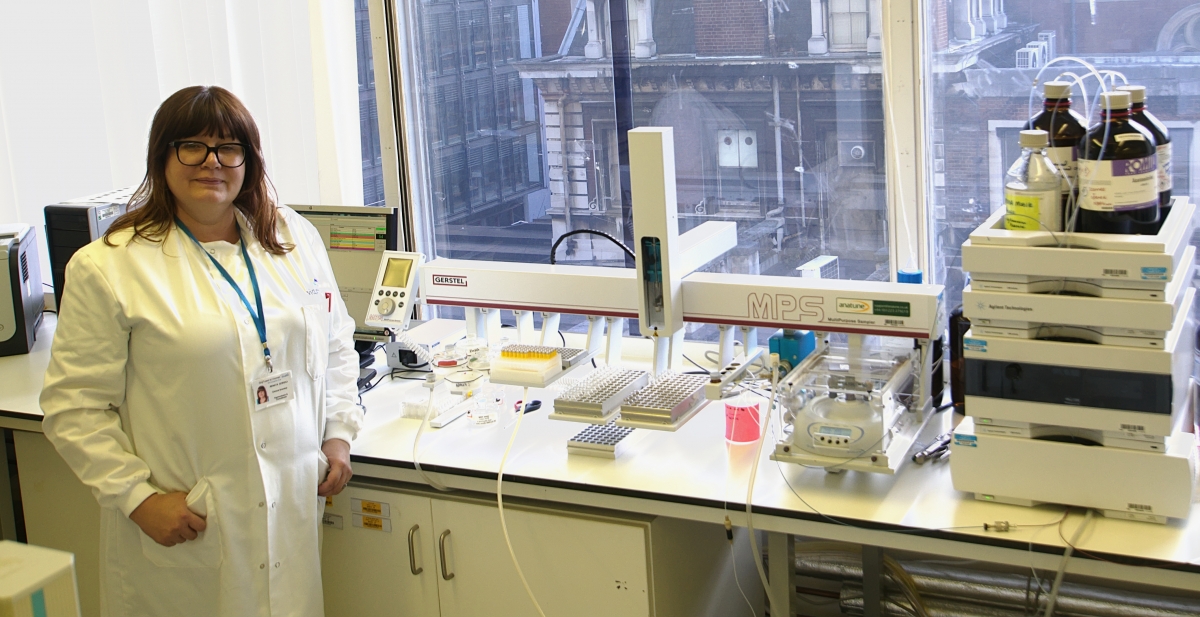Why And How Should Vitamin D2 and D3 Be Measured?
What is Vitamin D?
There are several different forms of vitamin D and those that we are specifically interested in are 25-hydroxyvitamin D2 and D3 (25OHD2/D3). Vitamin D2 is made by some plants, and vitamin D3 is synthesised in the skin in response to sunlight exposure during the summer months.
The monitoring of vitamin D levels in patients is important for the prevention and control of disease. Its measurement is indicated in cases of suspected vitamin D deficiency e.g. rickets (children), osteomalacia (adults), neonatal hypocalcaemia, nutritional osteodystrophy (especially in the elderly, institutionalised and Asian populations, malabsorption (e.g. in cystic fibrosis, primary biliary cirrhosis) and in patients on long-term anticonvulsant therapy (barbiturate and phenytoin combination therapy in particular).
Vitamin D – Why is it important?
Vitamin D plays a critical role in regulating calcium and phosphorus levels in the body. If these levels are not adequately controlled, bone mineralization conditions, such as rickets in children or osteoporosis in adults may occur. Vitamin D has other roles in the body, including modulation of cell growth, immune function and reduction of inflammation. Recent studies identifying an association for vitamin D in prevention of cancer and cardiovascular disease have generated renewed interest in monitoring vitamin D levels in serum.
Vitamin D can be found in a small number of foods including, oily fish, red meat, liver and egg yolks. The recommended daily intake of vitamin D for adults (>1 Years old) is 10mcg but from late March to September sufficient amount of vitamin D should be synthesised from exposure to sunlight. It has been noted that vitamin D supplements have been linked to halving the risk of an individual suffering from a severe asthma attack.
Requests for vitamin D testing have increased considerably over the last few years leading to a huge demand for robust laboratory assays capable of processing large numbers of samples. The accurate and precise measurement of vitamin D2/D3 has been challenging because vitamin D is lipophilic and the presence of the vitamin D binding protein interferes with quantification of 25OHD2/D3.
How does Viapath Test for Vitamin D2 and D3?
Over the last 3 years, the Viapath Nutristasis Unit has used an automated MultiPurpose Sampler (MPS)-LC-MS/MS with the ITSP™ (Instrument Top Sample Preparation) as the pre-analytical sample preparation method for the analysis of vitamin D2 and vitamin D3 in human serum. The MPS is able to move the ITSP™ device anywhere on the autosampler deck enabling significant flexibility in methodology. Some of the benefits of using ITSP on the MPS include a significant reduction in consumables, solvent volumes, sample volume, time and labour required for sample preparation. The MPS features an automated internal standard addition, protein precipitation stage, automated centrifugation and supernatant handling, as well as miniaturized solid phase extraction (SPE) stage to remove matrix impurities, all coupled directly to LC-MS/MS (Agilent 6460 MS/MS).
This approach enables Viapath’s Nutristasis Unit to process a high number of samples since sample preparation now occurs automatically. Moreover, each sample extract is treated in exactly the same way and prepared just before the analysis, improving sample to sample reproducibility when compared to a manual batch process. Finally, sample sequence integration between the sample preparation system and analytical system reduces possible transcription errors.
Vitamin D is converted into 25-OH vitamin D in the liver. This is the major storage form of vitamin D and is the analyte of choice for determination of the vitamin D status.
For testing vitamin D, Viapath requires a Serum Separator Tube (SST) sample and the test has a turnaround time of 1 week.
For further information, please contact
Renata Gorska, Senior Clinical Scientist, Human Nutristasis Unit on 02071886815 or at renata [dot] gorska [at] viapath [dot] co [dot] uk


